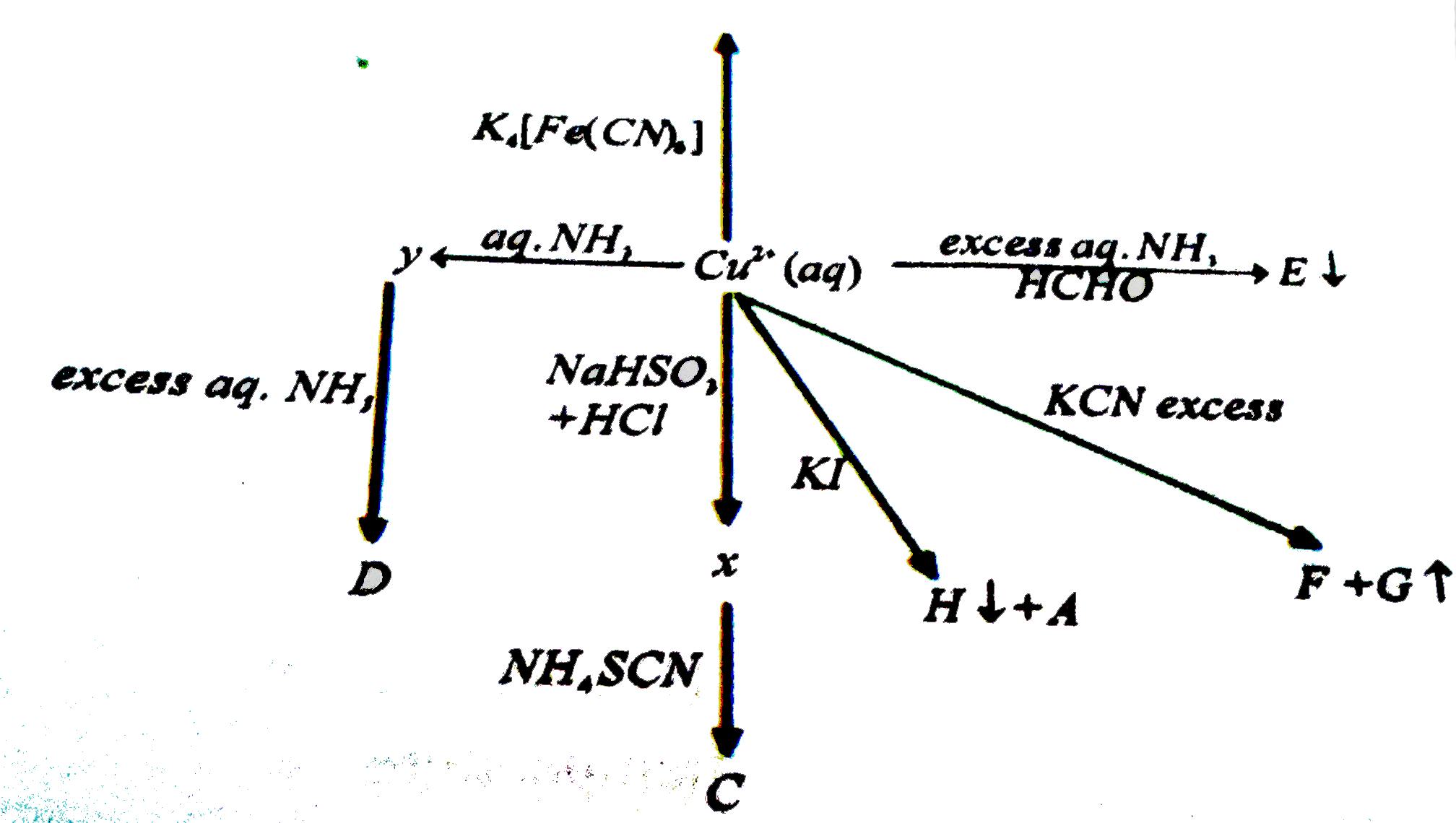In a plant , the color of grains is controlled by 3 genes located on separate chromosomes. Gene 'C' and 'R' independently do not form any color, but when together , they impart greenish - brown color to the stem, while the grains remain colourless. In presence of an additional allele 'A' the stem as well as grains become violet . In a trihybrid cross, what phenotypic ratio is expected in grains ?
48 coloured : 16 colourless
36 coloured : 28 colourless
27 coloured : 37 colourless
40 coloured : 24 colourless
The correct Answer is:C
To solve the problem of determining the expected phenotypic ratio in grains in a trihybrid cross involving three genes (A, C, and R), we can follow these steps:
Step 1: Understand the Genes and Their Effects
- Gene C and R: When both are present together (C and R), they impart a greenish-brown color to the stem, but the grains remain colorless.
- Gene A: The presence of allele A causes both the stem and grains to become violet.
Step 2: Identify the Required Genotype for Colored Grains
- For the grains to be colored, the genotype must include at least one dominant allele of A (A). The presence of C and R does not affect the color of the grains directly, but they are necessary for the stem color.
- Therefore, the required condition for colored grains is: at least one A must be present (A), while C and R can be either dominant or recessive (C, c and R, r).
Step 3: Determine the Genotypes in a Trihybrid Cross
- In a trihybrid cross (A, C, R), we consider the combinations of alleles:
- Possible alleles for A: A or a
- Possible alleles for C: C or c
- Possible alleles for R: R or r
- The cross can be represented as: AaCcRr x AaCcRr.
Step 4: Calculate the Number of Gametes
- The number of different gametes produced can be calculated using the formula 2n, where n is the number of heterozygous gene pairs.
- Here, n=3 (A, C, and R), so the number of gametes = 23=8.
Step 5: Determine the Phenotypic Ratio
- The expected phenotypic ratio for a trihybrid cross is typically 27:9:9:3:3:1.
- However, since we are only interested in the ratio of colored grains, we need to focus on the combinations that include at least one A.
- Out of the total 64 combinations (8x8), we need to find how many of these combinations include at least one A.
Step 6: Count the Combinations
- The combinations that lead to colored grains (at least one A) can be calculated:
- The combinations with at least one A are 27 out of 64 total combinations (from the 27:9:9:3:3:1 ratio).
Final Conclusion
- The expected phenotypic ratio in grains where the grains are colored (due to the presence of allele A) is 27:37 (27 colored grains to 37 colorless grains).
- Gene C and R: When both are present together (C and R), they impart a greenish-brown color to the stem, but the grains remain colorless.
- Gene A: The presence of allele A causes both the stem and grains to become violet.
- For the grains to be colored, the genotype must include at least one dominant allele of A (A). The presence of C and R does not affect the color of the grains directly, but they are necessary for the stem color.
- Therefore, the required condition for colored grains is: at least one A must be present (A), while C and R can be either dominant or recessive (C, c and R, r).
- In a trihybrid cross (A, C, R), we consider the combinations of alleles:
- Possible alleles for A: A or a
- Possible alleles for C: C or c
- Possible alleles for R: R or r
- The cross can be represented as: AaCcRr x AaCcRr.
- The number of different gametes produced can be calculated using the formula 2n, where n is the number of heterozygous gene pairs.
- Here, n=3 (A, C, and R), so the number of gametes = 23=8.
- The expected phenotypic ratio for a trihybrid cross is typically 27:9:9:3:3:1.
- However, since we are only interested in the ratio of colored grains, we need to focus on the combinations that include at least one A.
- Out of the total 64 combinations (8x8), we need to find how many of these combinations include at least one A.
- The combinations that lead to colored grains (at least one A) can be calculated:
- The combinations with at least one A are 27 out of 64 total combinations (from the 27:9:9:3:3:1 ratio).
Final Conclusion
- The expected phenotypic ratio in grains where the grains are colored (due to the presence of allele A) is 27:37 (27 colored grains to 37 colorless grains).
Topper's Solved these Questions
Similar Questions
Knowledge Check
- Question 1 - Select One

The color of 'C' isABownBRed lead (q)PbO2CBlackDWhite - Question 2 - Select One
In a completely linked trihybrid test cross, phenotypic ratio will be -
A3:1B1:1C1:1:1:1D1:1:1:1:1:1:1:1 - Question 3 - Select One
Two allelic genes are located on
Asame chromosomeBtwo homologous chromosomeCtwo non-homologous chromosomeDany two different chromosomes
